Rising Energy Costs
The escalating costs of traditional energy sources are significantly influencing the Photovoltaic Inverter Market. As fossil fuel prices fluctuate and environmental concerns mount, consumers are increasingly seeking alternative energy solutions. Solar energy, facilitated by photovoltaic systems, presents a viable option for reducing energy expenses. The long-term savings associated with solar installations, combined with decreasing costs of solar technology, make it an attractive choice for both residential and commercial users. This shift in consumer behavior is likely to drive the demand for photovoltaic inverters, as they are essential for harnessing solar energy effectively. Consequently, the Photovoltaic Inverter Market stands to benefit from this trend as more individuals and businesses transition to solar power.
Government Incentives and Policies
Supportive government policies and incentives are crucial drivers of the Photovoltaic Inverter Market. Many countries have implemented favorable regulations, tax credits, and subsidies to encourage the adoption of solar energy. For instance, feed-in tariffs and net metering programs have made solar installations more financially attractive for consumers. These initiatives not only lower the upfront costs associated with photovoltaic systems but also enhance the return on investment for users. As a result, the demand for photovoltaic inverters is likely to increase, as more individuals and businesses seek to capitalize on these incentives. The ongoing commitment of governments to renewable energy targets further solidifies the growth potential of the Photovoltaic Inverter Market.
Increasing Demand for Renewable Energy
The Photovoltaic Inverter Market is experiencing a surge in demand driven by the global shift towards renewable energy sources. As nations strive to meet their energy needs sustainably, the adoption of solar energy systems is on the rise. According to recent data, the solar energy sector has seen a compound annual growth rate of over 20% in installations. This trend is likely to continue, as governments and private entities invest heavily in solar infrastructure. The increasing demand for photovoltaic systems directly correlates with the need for efficient inverters, which are essential for converting solar energy into usable electricity. Consequently, the Photovoltaic Inverter Market is poised for substantial growth as more consumers and businesses opt for solar solutions.
Growing Adoption of Energy Storage Solutions
The integration of energy storage solutions with photovoltaic systems is emerging as a significant driver in the Photovoltaic Inverter Market. As consumers seek to maximize the benefits of solar energy, the ability to store excess energy for later use becomes increasingly important. Advances in battery technology and decreasing costs of energy storage systems are facilitating this trend. The combination of photovoltaic inverters with energy storage solutions allows users to optimize their energy consumption and enhance grid independence. This synergy is likely to attract more consumers to solar energy, thereby increasing the demand for inverters. As the market evolves, the Photovoltaic Inverter Market is expected to see substantial growth driven by the rising adoption of integrated energy solutions.
Technological Innovations in Inverter Design
Technological advancements play a pivotal role in shaping the Photovoltaic Inverter Market. Innovations such as smart inverters, which offer enhanced monitoring and control capabilities, are becoming increasingly prevalent. These devices not only improve energy efficiency but also facilitate better integration with smart grid technologies. The introduction of features like grid support and energy storage compatibility is likely to enhance the appeal of photovoltaic systems. Furthermore, the market is witnessing a trend towards more compact and lightweight inverter designs, which can reduce installation costs and improve overall system performance. As these technologies evolve, they are expected to drive further adoption of solar energy solutions, thereby bolstering the Photovoltaic Inverter Market.


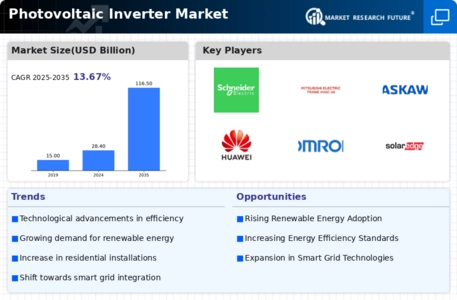
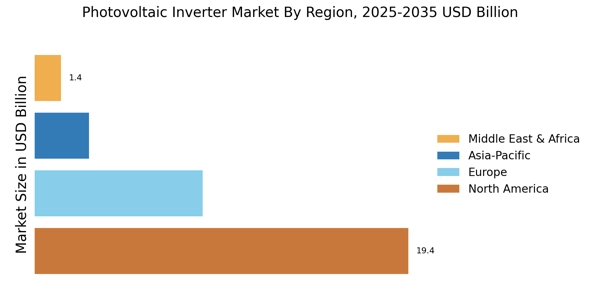


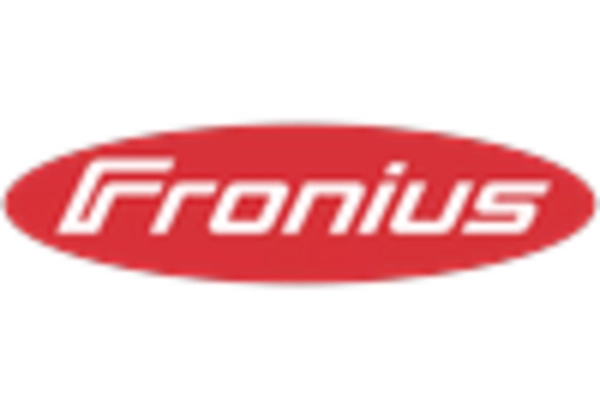

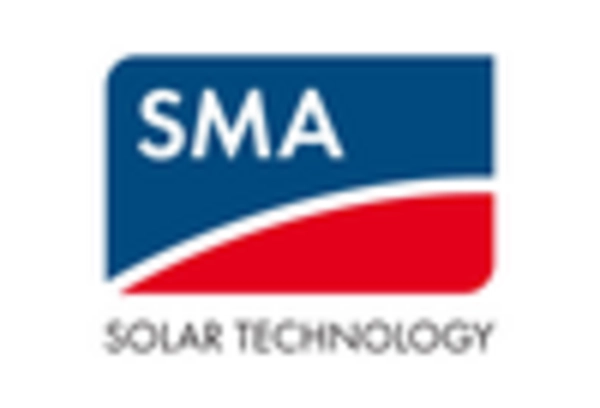
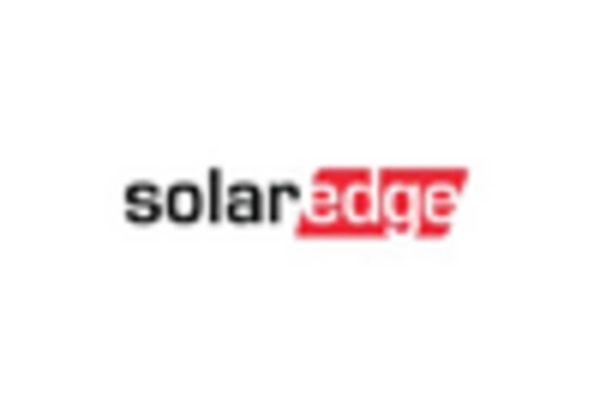








Leave a Comment